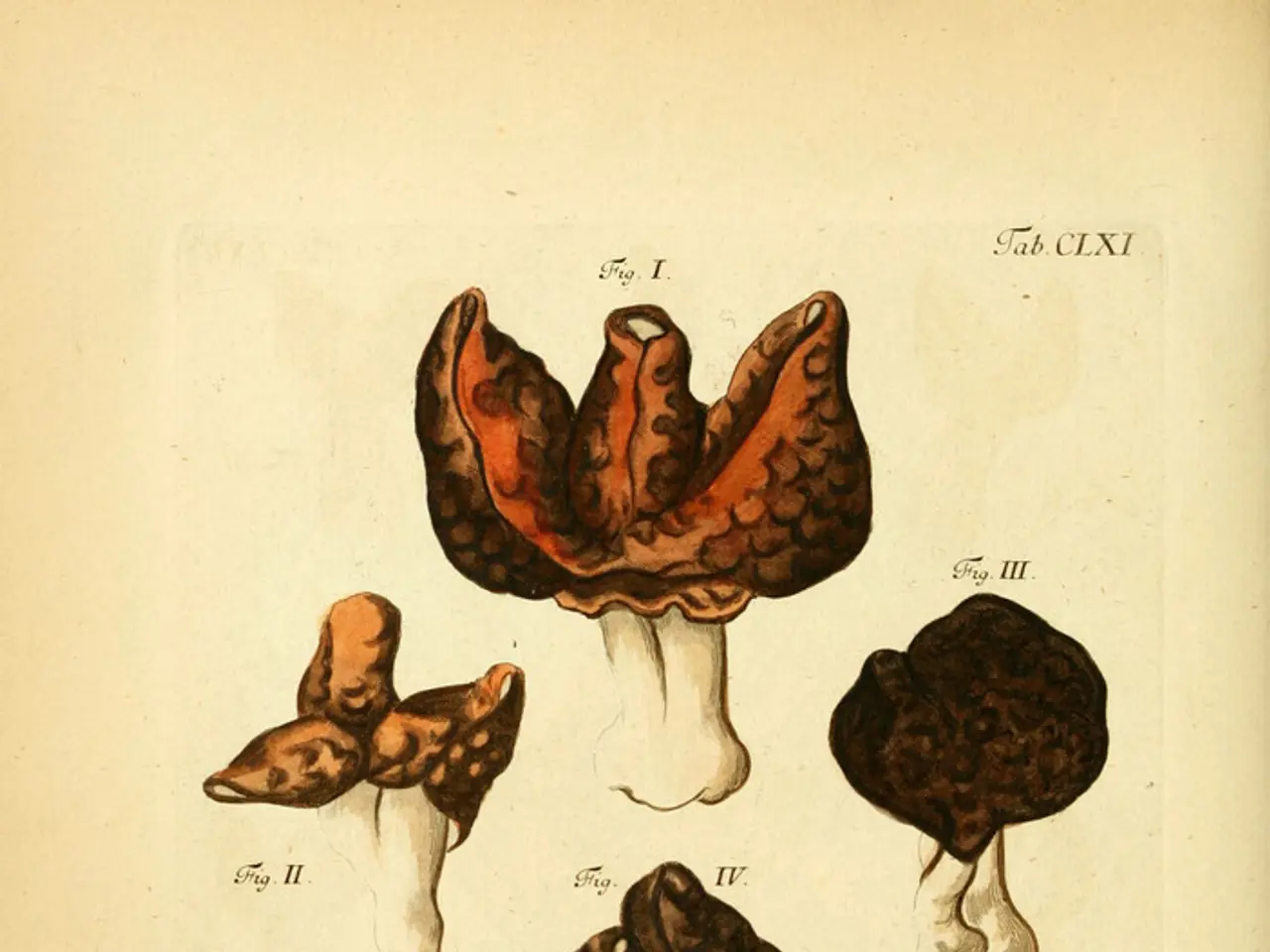Unusual Flora from Around the Globe: A Look at Six Remarkable Species
=====================================================================
In the diverse and intriguing world of flora, some plants stand out for their unique adaptations and extraordinary characteristics. Here we delve into the world of carnivorous plants and other remarkable specimens that thrive in challenging environments.
The Rafflesia Arnoldii, the largest flower in the world, is a sight to behold, blooming over three feet tall and boasting no leaves, stems, or roots. This colossal bloom can hold six to seven quarts of water and exudes a pungent smell. The centre of the Rafflesia Arnoldii is a spectacle, turning white while blooming on the first night and transforming into a striking pink hue the next day.
Among the carnivorous plants, the Venus flytrap (Dionaea muscipula) is renowned for its unique snap-trap mechanism. When stimulated, the trap closes rapidly, capturing unsuspecting insects. The Venus flytrap's mechanical trap and prey-trigger system are particularly unique and have been highly praised for their complexity.
Other fascinating carnivorous plants include the pitcher plants (Nepenthes and Sarracenia), which lure prey into deep, fluid-filled traps where they are digested, and the sundews (Drosera), which capture insects using sticky glandular hairs on their leaves.
Remarkable examples of carnivorous plants also include the Bladderworts (Utricularia), aquatic or semi-aquatic plants with rapid trapdoors that suck in tiny aquatic prey in milliseconds. The Cobra lily (Darlingtonia californica), a pitcher plant species with a striking appearance resembling a cobra's hood, and the Butterworts (Pinguicula), plants with sticky leaves that trap insects and secrete digestive enzymes, are further additions to this extraordinary group.
The Attenborough’s pitcher plant, a large species in the Nepenthes genus, is noted for pitchers up to 30 cm in diameter, capable of digesting rodents. These plants have evolved specialized adaptations to thrive in nutrient-poor soils by capturing and digesting insects and sometimes small animals, supplementing their nutrient intake.
Beyond carnivorous plants, the Mimosa Pudica is a plant that responds to the slightest stimulus, including touch, warmth, wind, or a shake. This sensitive plant collapses into itself and then reopens a few minutes later, a response known as seismonastic movements, which are the result of water movement in and out of the cell.
The Selaginella Lepidophylla, also known as the Rose of Jericho, is a remarkable plant native to the Chihuahuan Desert. This resilient plant can survive almost complete desiccation, making it an extraordinary example of nature's adaptability.
Another intriguing plant is the Victoria Amazonica, the largest water lily in existence. This aquatic beauty can boast leaves and flowers up to 10 feet in diameter, and a root that stretches more than 26 feet long. The Victoria Amazonica changes colours, starting white while blooming on the first night and turning pink the next day. This plant was named in honour of Queen Victoria.
In addition to these plants, the tiny Wolffia Angusta, also known as watermeal, is a small plant native to Asia that can be found in depressions on the water's surface. This edible plant has no roots, making it an interesting example of aquatic life.
In summary, the world of plants is filled with marvels that showcase nature’s remarkable strategies for survival in challenging environments. From the colossal Rafflesia Arnoldii to the sensitive Mimosa Pudica, and from the carnivorous Venus flytrap to the vibrant Victoria Amazonica, each plant offers a unique glimpse into the intricate and diverse world of flora.
The captivating world of home-and-garden includes more than just beautiful flowers; it embraces the extraordinary vibrance of carnivorous plants like the Venus flytrap (Dionaea muscipula) and the ease of cultivating edible watermeal (Wolffia Angusta) in your home garden.
In addition to these remarkable specimens, gardening enthusiasts might find delight in growing the Rafflesia Arnoldii, the largest flower in the world, although its unique requirements may prove challenging.




